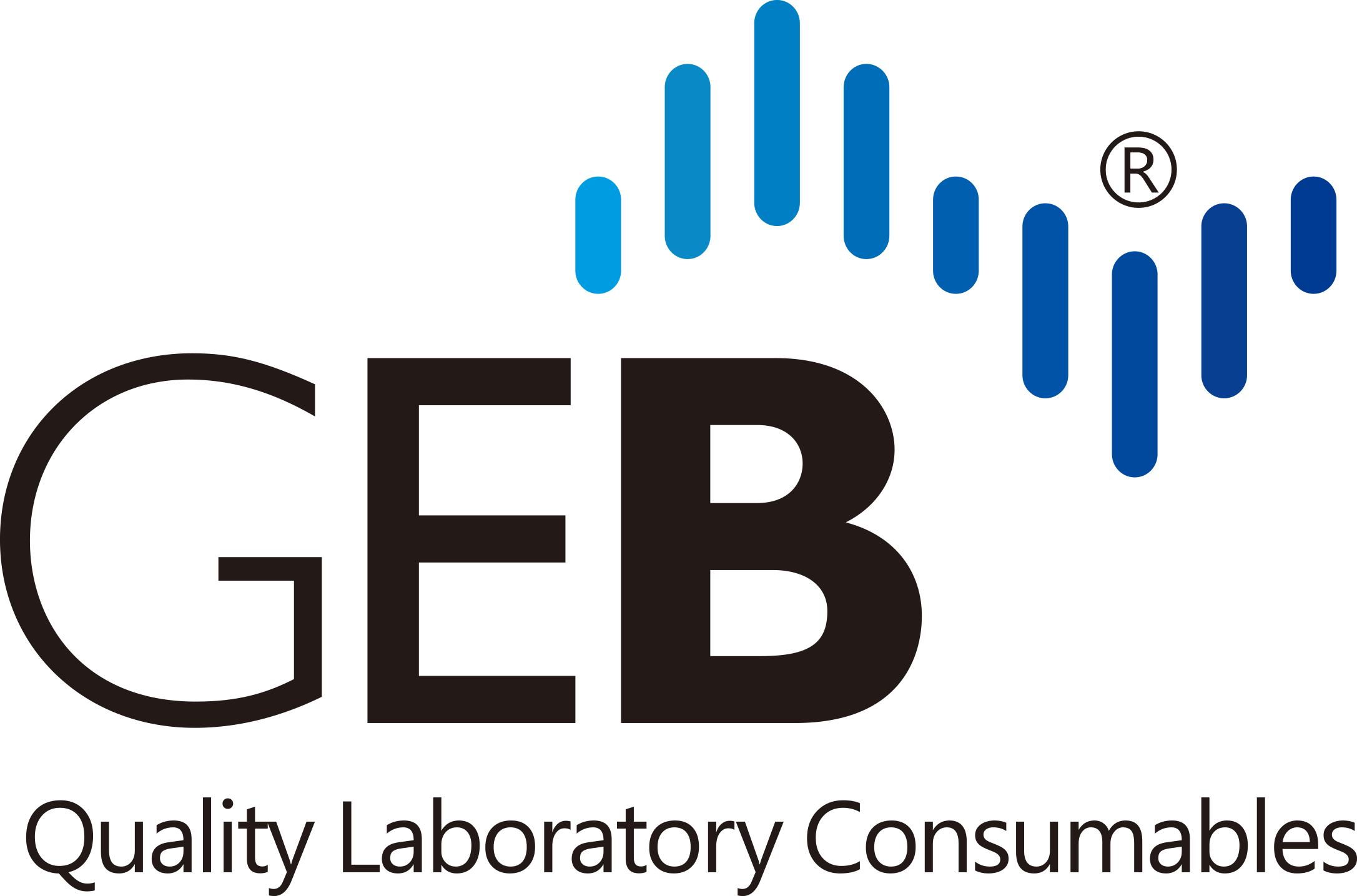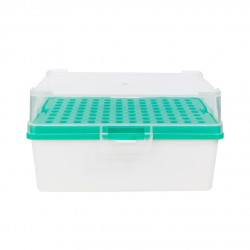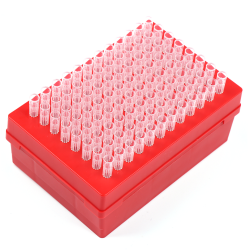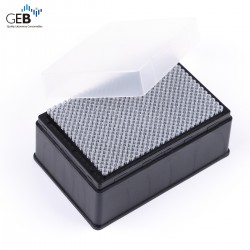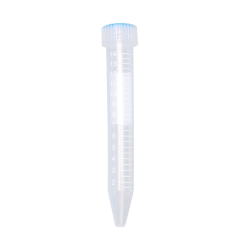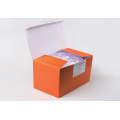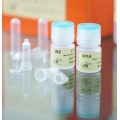
Reagent
Analytical Reagents: These are used to determine the composition or concentration of a substance in a sample. They include indicators, titrants, and standards.
Buffer Solutions: Used to maintain a stable pH in a solution, especially in biological and biochemical experiments.
Stains and Dyes: Used to visualize and differentiate cells, tissues, or molecules in microscopy and other analyses.
Solvents: Substances used to dissolve other materials, often used for preparing solutions or extraction processes.
Catalysts: Speed up chemical reactions without being consumed in the process.
Precipitating Reagents: Used to form insoluble solids (precipitates) from solutions, aiding in the separation of substances.
Redox Reagents: Involved in oxidation-reduction reactions, often used in titrations and analytical methods.
Complexing Reagents: Form stable complexes with certain ions, aiding in separation and analysis.
Enzymes: Biological catalysts used in biochemical reactions, often in molecular biology and biochemistry.
Ligands: Compounds used to bind to metal ions to form coordination complexes.
Antibodies: Used in various immunoassays to detect and quantify specific proteins or antigens.
PCR Primers and Probes: Used in polymerase chain reaction (PCR) to amplify and detect specific DNA sequences.
Enzyme Substrates: React with enzymes to produce a detectable signal, often used in enzyme-linked assays.
RNA/DNA Nucleotides: Building blocks used in molecular biology experiments like DNA sequencing and PCR.
Blocking Agents: Used to prevent nonspecific binding in immunoassays.
Modifiers: Substances added to a reaction to alter its outcome or improve selectivity.
